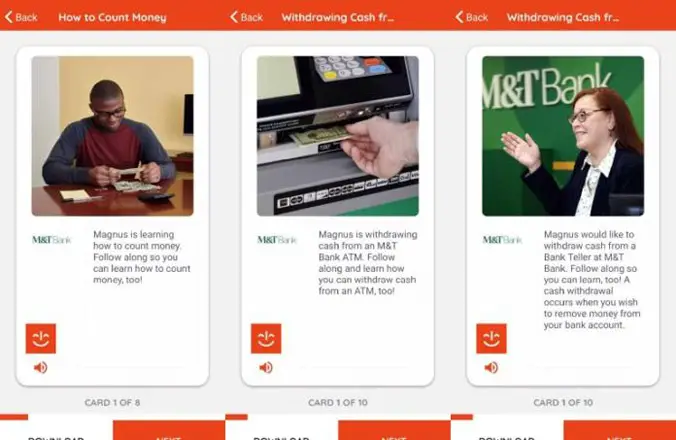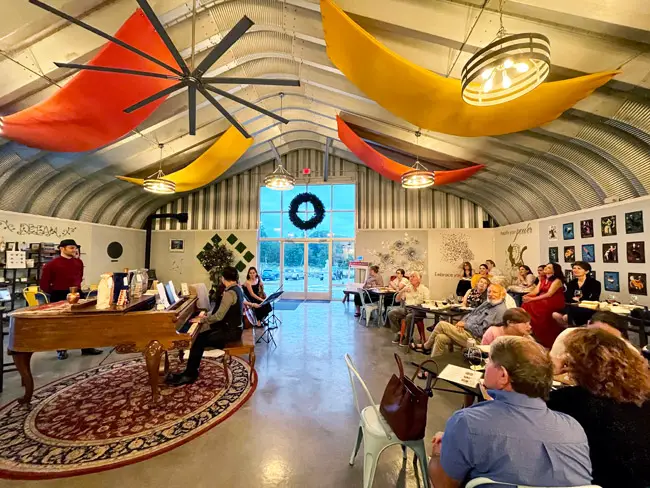M&T Bank is the first U.S. bank to partner with MagnusCards, a free app designed to aid customers and employees with cognitive disabilities.
 M&T Administrative Vice President David Zolnowski, who is also president of the bank”™s Disability Advocacy Network (DAN) Group, said that the Buffalo bank ”” which has nine locations in Fairfield County and 16 in Westchester ”” first came across the MagnusCards technology during a presentation by Magnusmode, a tech company also based in Buffalo.
M&T Administrative Vice President David Zolnowski, who is also president of the bank”™s Disability Advocacy Network (DAN) Group, said that the Buffalo bank ”” which has nine locations in Fairfield County and 16 in Westchester ”” first came across the MagnusCards technology during a presentation by Magnusmode, a tech company also based in Buffalo.
“A colleague of mine thought it would be a great tool to help the bank and the community,” he recalled. “We set up a formal meeting with Magnusmode and ultimately decided to go forward as it can help us reach a goal of helping those with certain conditions become more independent when it comes to their financial transactions.”
The product, which can be accessed on a phone or any smart device, provides guidance through a number of tasks and activities that Zolnowski said users might otherwise find challenging or overwhelming.
MagnusCards provides what it calls Card Decks, which provide practical guidance through storytelling visualizations along with applied behavior analysis methods to offer prompt and positive reinforcement in support of experiential learning.
“If I”™m using an ATM to make a withdrawal,” Zolnowski said, “I put in the card, enter my PIN and hit ”˜withdrawal.”™ But with the MagnusCard, it walks you through all the steps and gives the individual the ability to complete their transaction more confidently.”
He noted that the app goes well beyond banking and money management, providing accessibility support for everything from public transportation and health care to shopping, school and other common places and activities.
The app”™s users include people with autism, down syndrome, acquired brain injury, dementia, ADHD and other cognitive disabilities.
“You also don”™t have to be an M&T customer to use it,” he said.
Being involved with the DAN group also has personal meaning or Zolnowski, who has a 27-year-old son with down syndrome and a friend who has been diagnosed with multiple sclerosis.
“The resource groups are 100% employee-led,” he said. “If someone has an idea, they bring it to the board for approval. If they see the need for it, it pretty much gets rubber-stamped.”
Other resource groups include Pride, Wellness, Women”™s Interests and a host of support groups for employees of different ethnic backgrounds.
“We take very seriously the fact that we are very much a community bank,” Zolnowski said. “Our employees understand the need to give back to the community.” Every employee is paid for a maximum of 40 hours per year, and members of the resource groups are compensated for up to 120 hours per year, of community service.






















